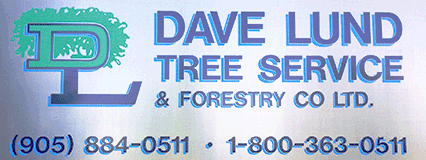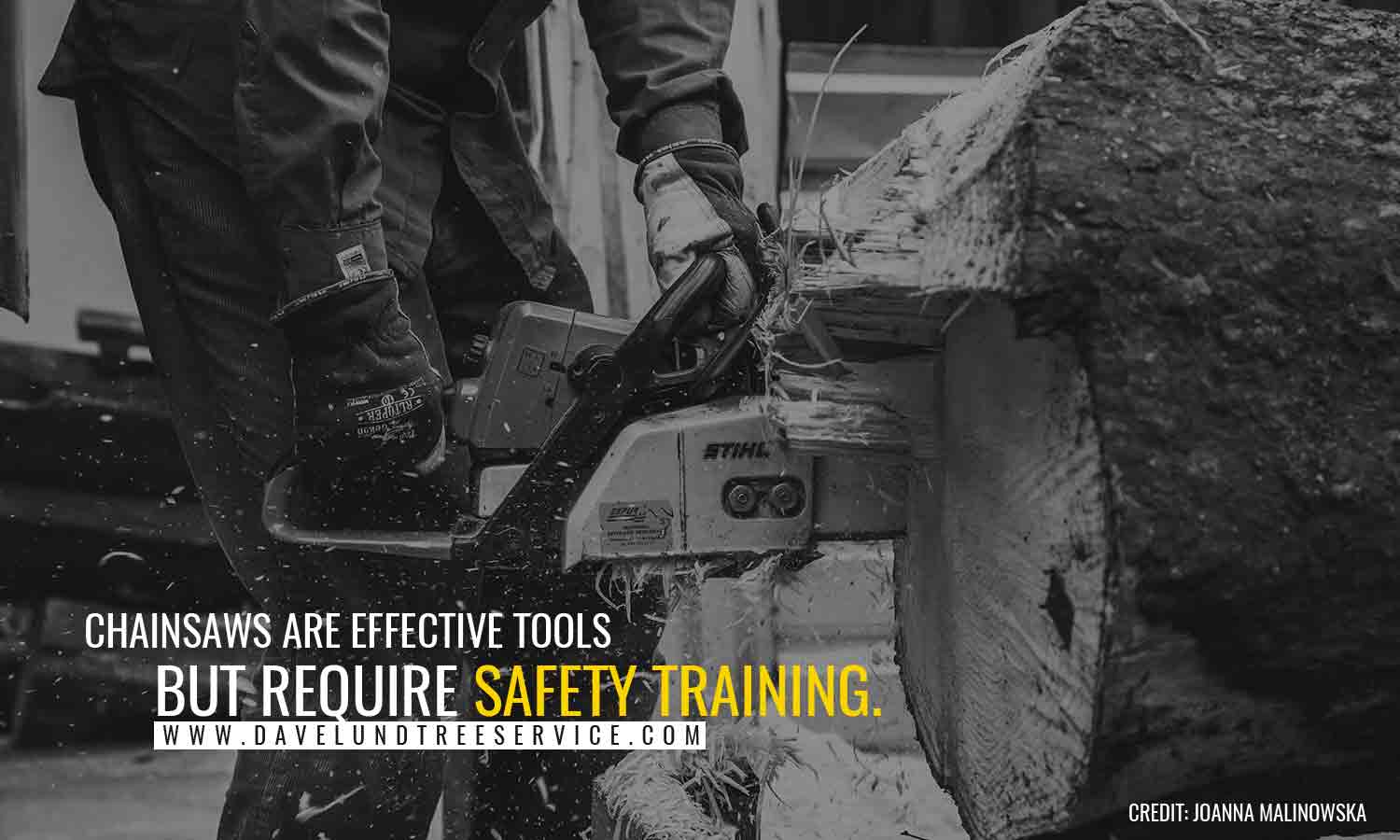When your job description includes scaling tall trees, clearing branches from power lines, and emergency tree removal during winter storms, it is no surprise that arborists have one of the most dangerous careers out there. Tree service companies take employee training very seriously to keep their workers and the public safe, while minimizing the risk of damage to property and power lines.
Historical Attitudes About Arborists and Training
There was a time when all you needed to call yourself an arborist was a daredevil attitude, a willingness to climb trees, and a chainsaw strapped to your belt. Even thirty years ago, certified job training as an arborist in Toronto was almost unheard of and there were no colleges or private companies offering training or apprenticeship programs.
Most workers learned on-site, and accident rates were very high. Even today, the CDC estimates that there are nearly 80 arborist deaths each year in North America.

The tasks of an arborist include:
- Removing broken branches and limbs from trees.
- Pruning and seasonal tree maintenance.
- Removing dead or diseased trees.
- Clearing branches from power lines and telephone lines.
- Clearing branches and trees from storm damage.

Not only are arborists responsible for their own safety and that of their co-workers; they must also keep the general public and property protected from falling trees and branches. It takes an incredible amount of skill, expertise, and training to tackle the job of an urban arborist. Even with proper training and certification, there remain a number of risks.
Common Causes of Injury to Arborists
- Falling objects (usually a heavy tree or branch)
- Falls from heights
- Contact with electrical currents (usually from clearing lines)
- Chainsaws and other tools
- Being struck by other vehicles

Tree service companies must take employee and public safety very seriously. In the last decade, huge strides have been made to promote and regulate safety standards and improve guidelines. In fact, training is now one of the most important aspects of the career. The Tree Care Industry Association and the Arborist Industry Safe Work Practice Committee are excellent resources for in-depth information and education for all aspects of the job. Funding is also available through government programs (such as the Canada Job Grant).
Arborist Safety Training:
- Crane operation – Site selection, set-up, rigging procedures, and weight calculations are involved in this procedure. The crane must be able to get to the required location and maintain safe loads at various angles.
- Rigging – Tree climbing, fall protection, and work positioning allow arborists to determine the correct anchor points and make sure those points are strong enough to handle the situation.
- Rope techniques (for climbing into the canopy) – This includes belay techniques, use of friction hitches, secured body thrust techniques, footlocking techniques, work positioning and decent.
- Stump grinder use or brush chipper (for branch and tree removal) – Proper certification prior to use, protective gear and equipment, guard use, gear inspection, securing the work area, emergency shutdown procedures and transport are all important in the use of this equipment.
- Tree felling – Only arborists know how to do this: Tree and site inspection, use of safety procedures and equipment, notch use for trees greater than 13 centimeters (5 inches), maintaining an appropriate hazard area of at least 3 metres around the tree, rigging back cuts and escape routes.
- Injury prevention – Hazardous situations are identified with the use of guards and barriers to bring attention to the area and keep the public out of a work zone. Arborists must continuously monitor the area to make sure that new hazards are identified and marked to keep employees and the public safe.
Personal protective equipment (PPE) is required at all times and equipment must fit properly and be in good repair. This includes CSA-standard head, ear, foot, and eye protection, as well as high visibility clothing when necessary (such as at night or around traffic). Tools must always be inspected before each use.
- Tree biology and care – Arborists are trained to recognize trees that have been injured in storms or affected by disease or insect infestation.
- Tree dynamics and risk assessment
- Emergency readiness and high angle rescue

How an Expert Approaches Branch or Tree Removal
Climbing a tree for branch removal or maintenance work should only be done by a trained professional. Always consult an expert to evaluate damage and tackle large scale jobs. A trained arborist will break down the work into manageable steps that are carried out effectively:
- Inspection – The arborist will examine the tree and surrounding areas for potential hazards and obstacles. These include:
- Overhead and underground power and telephone lines
- Nearby buildings
- Pedestrians
- Traffic
- Weather conditions
- Dangerous terrain
- Biohazards (such as poison ivy, poison oak, or insect nests)
- Climbing up – A trained arborist will know how to get to the top of a tree safely and quickly. He or she will use different climbing techniques depending on what is appropriate for each particular tree or circumstance.
- Work placement – This is where the bulk of the job is accomplished. Work placement includes rope techniques used to complete a task. Many methods are available; it is important to know which is best suited to a particular job.
- Climbing down – Obviously, arborists must be skilled in climbing up a tree—and they also need a plan for how to get back down. They will find the best route that minimizes wear and tear on equipment, gets the job done, and returns them to solid ground without injury to themselves or the tree.
An expert will keep these strategies in mind to evaluate a job and decide on the best tools and techniques to get it done. Always hire a professional to help with large jobs and safe tree removal.

While climbing a tree may seem like child’s play, there are serious risks to working around damaged branches and tree limbs. It’s important to have a certified arborist assess the health of your trees and identify any additional risks to you and your property.
Stay safe; trust a professional arborist with the training, skills, equipment, and experience to tackle services like tree removal, branches in power lines, or other dangerous tree situations. In York Region, call the experts at Dave Lund Tree Service and Forestry Co. Ltd. — 1(800) 363-0511.

